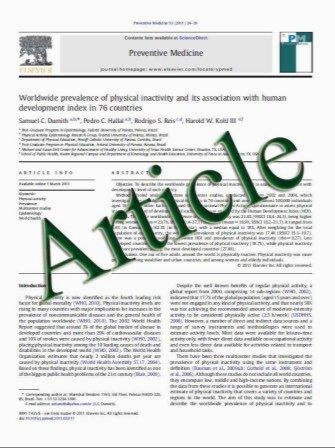Brain microvascular pericytes in health and disease
- نوع فایل : کتاب
- زبان : انگلیسی
- مؤلف : Turgay Dalkara Yasemin Gursoy-Ozdemir Muge Yemisci
- چاپ و سال / کشور: 2011
Description
Pericytes are located at periphery of the microvessel wall and wrap it with their processes. They communicate with other cells of the neurovascular unit by direct contact or through signaling pathways and regulate several important microcirculatory functions. These include development and maintenance of the blood–brain barrier (BBB), distribution of the capillary blood flow to match the local metabolic need of the nearby cells, and angiogenesis. Pericytes also exhibit phagocytic activity and may function as pluripotent stem cells. Increasing evidence suggests a role for pericytes in a wide range of CNS diseases. They appear to be vulnerable to oxygen and nitrogen radical toxicity and have been shown to contract during cerebral ischemia and remain contracted despite reopening of the occluded artery. This causes impaired re-flow and may diminish the benefit of re-canalization therapies in stroke patients. Hyperglycemia- induced dysfunction of the signaling pathways between pericytes and endothelia is thought to play an important role in diabetic retinopathy, a common cause of blindness. Amyloid deposits detected within degenerating pericytes in the brains of patients with Alzheimer’s disease suggest that pericyte dysfunction may play a role in cerebral hypoperfusion and impaired amyloid b-peptide clearance in Alzheimer’s disease. This exciting possibility may reveal a novel temporal sequence of events in chronic neurodegeneration, in which microvascular dysfunction due to pericyte degeneration initiates secondary neurodegenerative changes. Identification of molecular mechanisms by which pericytes regulate BBB integrity in inflammatory conditions as well as in vasogenic brain edema may lead to new treatments. Pericytes may also take part in tissue repair and vascularization after CNS injury. In conclusion, although the evidence is just emerging and mostly preliminary, disclosing pericytes’ role in the pathophysiology of CNS diseases may yield exciting developments and novel treatments.
Acta Neuropathol (2011) 122:1–9 DOI 10.1007/s00401-011-0847-6 Received: 15 April 2011 / Revised: 31 May 2011 / Accepted: 31 May 2011 / Published online: 9 June 2011


